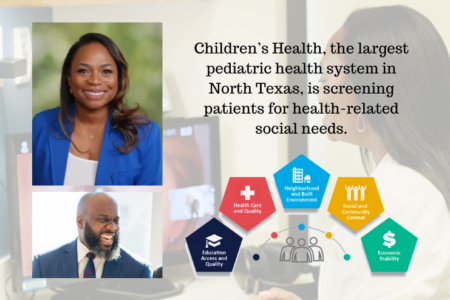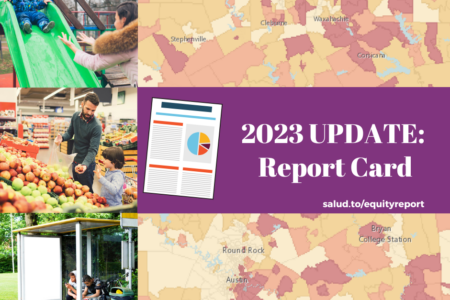
Share On Social!
In Columbus, Ohio (5.8% Latino), the diverse Southern Orchards neighborhood suffers racism, a lack of affordable housing, economic segregation, violent crime, poverty, and expensive medical use.
That’s why the whole neighborhood has become a hospital’s “patient.”
Nationwide Children’s Hospital saw “unsafe conditions” as their patient’s top symptom. They diagnosed their patient with “unstable housing,” which is known to cause many economic, social, and health hardships, especially for Latinos and other people of color.
The hospital prescribed a “housing intervention” and spent the past 10 years revitalizing Columbus’ South Side and Southern Orchards neighborhood through its Healthy Neighborhoods Healthy Families (HNHF) partnership with faith, community, and school groups.
How has the HNHF partnership transformed its whole-neighborhood patient?
Neighborhood Symptoms to Diagnosis
The hospital started HNHF in 2008.
The partnership sought to learn about specific concerns from neighborhood residents. Hospital staff and other organizations attended neighborhood meetings and conducted surveys.
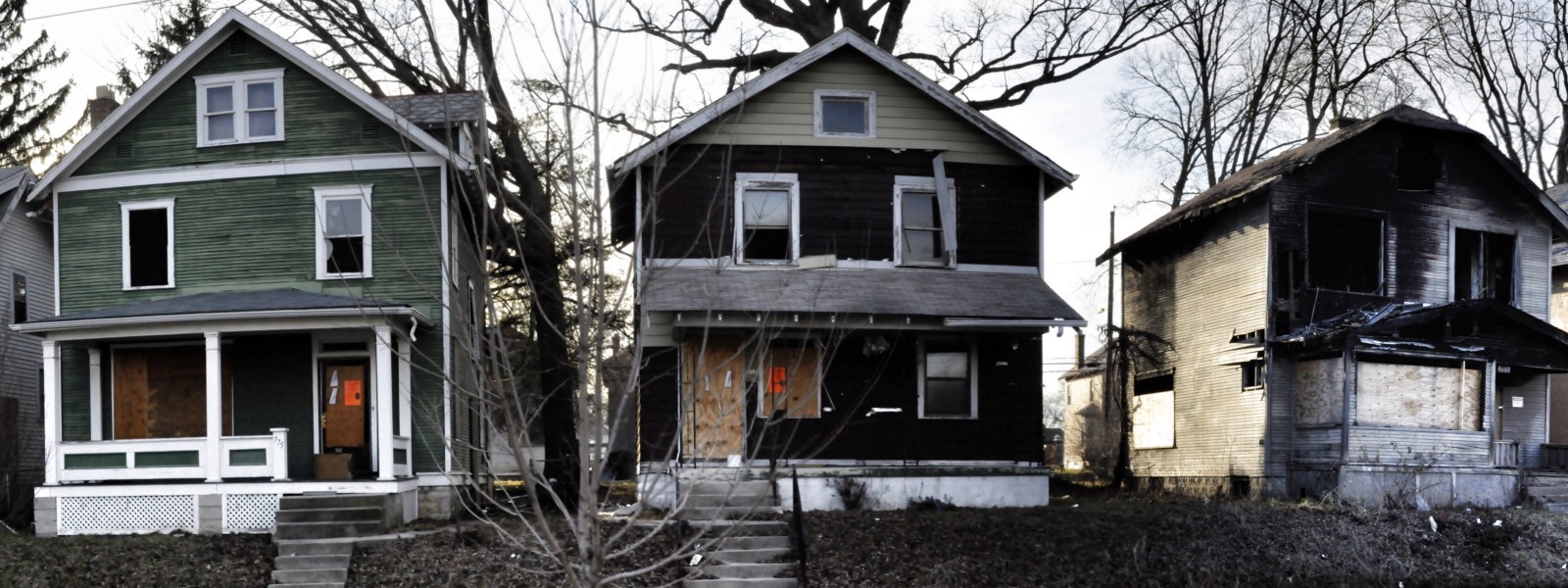
Safety was the top priority.
Thus, HNHF identified unsafe neighborhood conditions as the primary “symptom.”
What causes unsafe neighborhoods?
In Southern Orchards, the past discriminatory policies and lack of affordable crisis contributed to population loss and surge in vacant and abandoned property.
The lack of stable, affordable housing is linked to maternal hardship, school instability, downward mobility, racial wealth gap, health disparities, and many maternal and child health conditions like depression, anxiety, diabetes, and heart disease.
“The community was racially segregated from historic housing discrimination from both the private market and public policy; the community was also deeply impacted by the construction of major urban highways (the Interstate 70–Interstate 71 split) in the mid-20th century, which physically separate the neighborhood from downtown Columbus,” according to a case study about the HFHN initiative published in Pediatrics, the Official Journal of the American Academy of Pediatrics.
Additionally, more than 50% of households were burdened by housing costs greater than 35% of their income, and foreclosures exceeded 21% and many properties were abandoned, derelict or vacant.
Latino and black families are twice as likely to experience “extreme housing costs,” defined as spending at least 50% of income on housing. Extreme housing costs rob families of money to buy necessities, such as healthy food, medical care, and transportation; thus robbing families of the opportunity to stay healthy and thrive.
After their research, HNHF made a diagnosis for their neighborhood-as-patient: unstable housing.
The Problem of Unstable Housing
The U.S. will spend $111 billion in avoidable health-related costs over the next 10 years because of housing instability, according research from Children’s Health Watch.
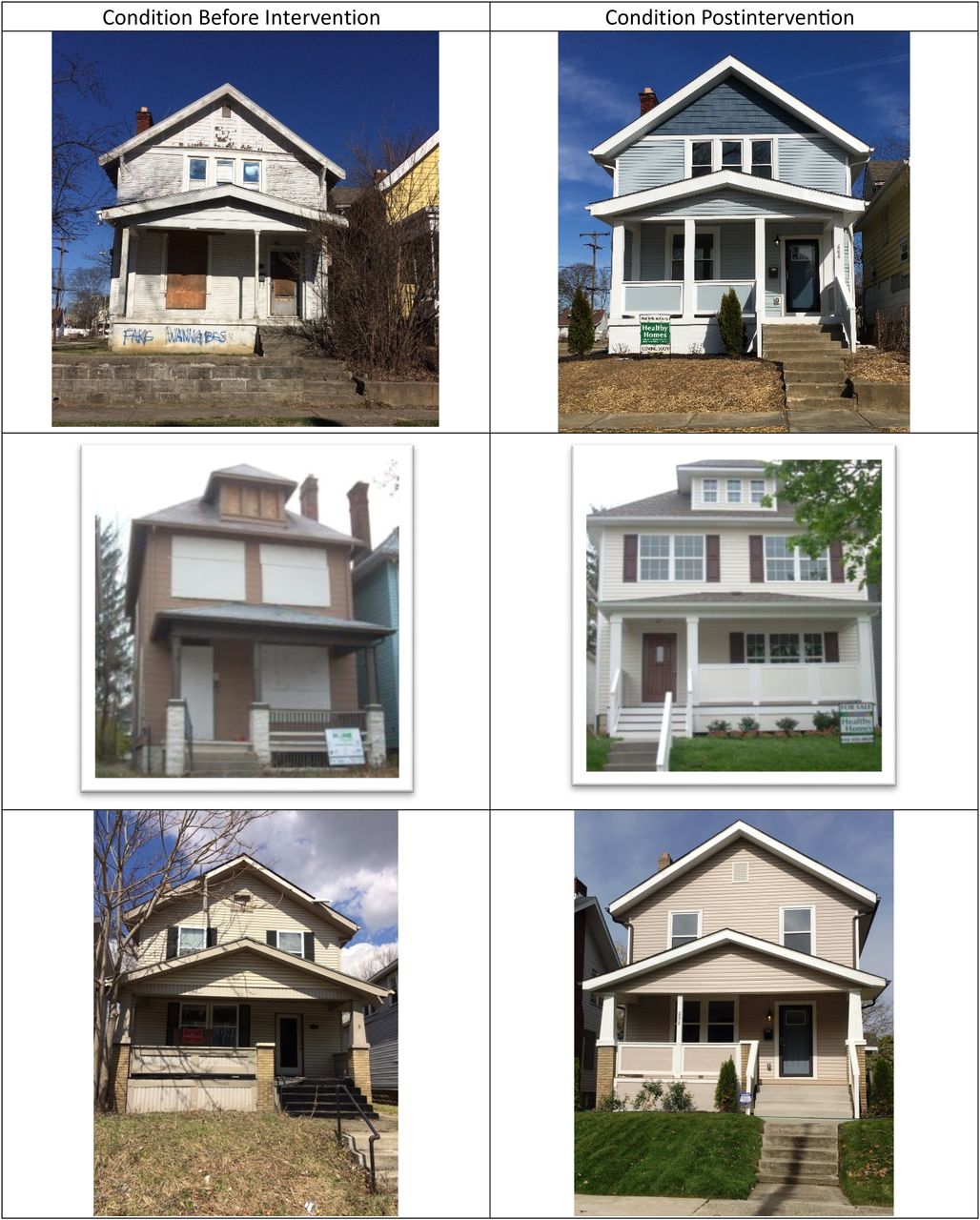
This cost projection is based on the annual cost of children’s health care and education and maternal mental and physical health care associated with housing instability—mothers and children who either experienced homelessness, moved two or more times, or been behind on rent in the previous year.
If the high number of families living in unstable homes persists, the U.S. health system will spend an estimated $76.8 billion caring for mothers and $34.3 billion caring for children. These are conservative estimates because they do not include health costs associated with chronic disease or health services utilized by fathers.
“It’s remarkably frustrating as a physician to see patients over and over and over again from these very high-risk communities,” Dr. Kelly Kelleher, director of the Center for Innovation in Pediatric Practice at Nationwide Children’s Hospital, told NPR.
“Houses that are falling apart, plumbing problems, mold, rat infestations, violence. You see 25 kids a day, and maybe two-thirds of them are in these desperate straits.”
Neighborhood Diagnosis to Prescription for Treatment
To address the diagnosis of unstable housing in the Southern Orchards neighborhood, the HNHF created a prescription for treatment.
A multifaceted housing intervention to stabilize homeowner’s properties and home sales.
Housing stability activities included a home repair program, a rehabilitation and home ownership program, a home construction program, home and career development building, and rental housing development.
Read more about the $22 million HNHF intervention and timeline.
“The intervention unfolded in five phases of housing investment and impacted different segments of the neighborhood’s housing market,” according to the case study.
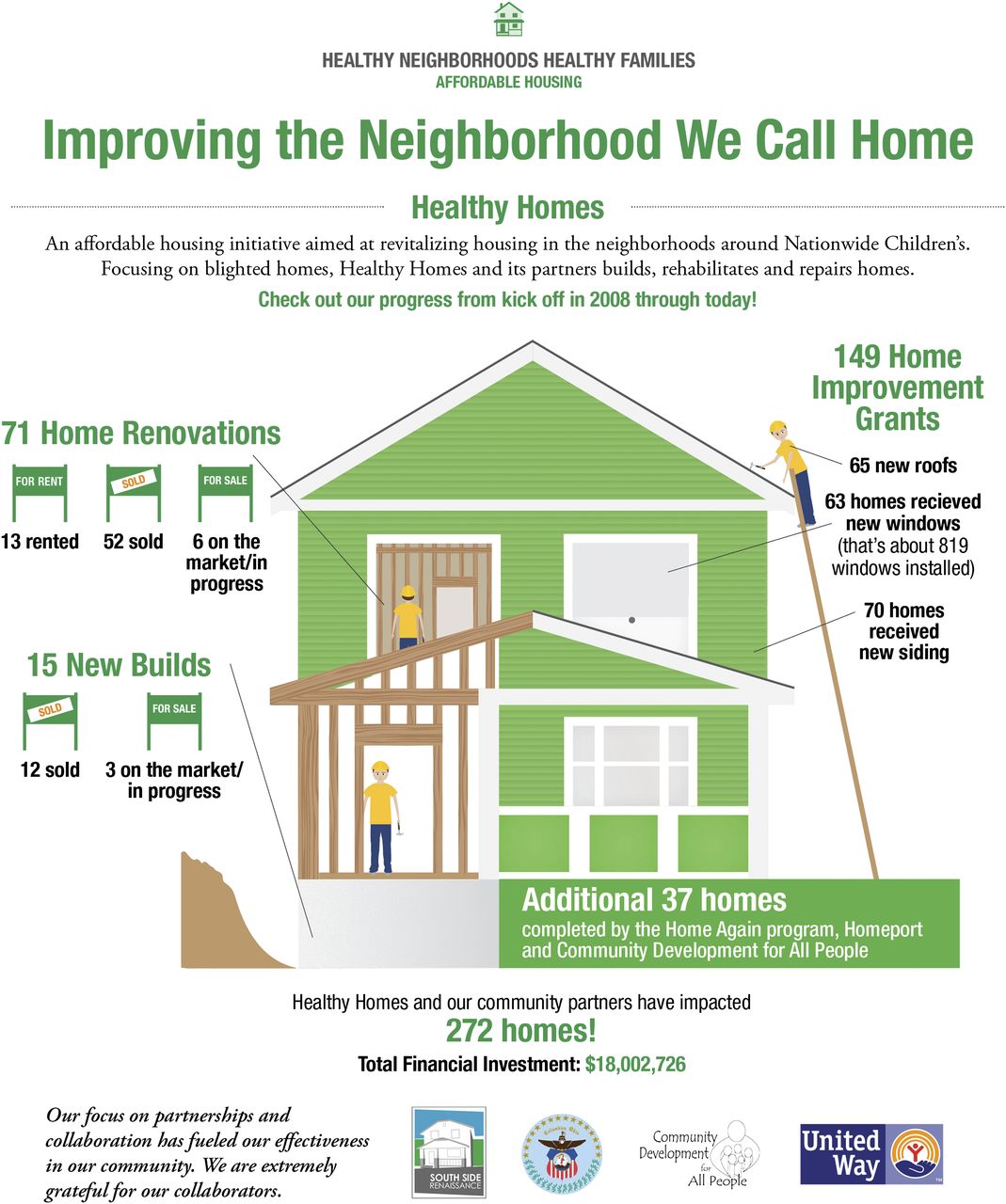
As of 2016, the HNHF initiative renovated 71 homes, built 15 new homes, gave out 149 home improvement grants, and built 58 units of affordable housing combined with onsite workforce development training.
In this short time, blight and the vacancy rate dropped, high school graduation rates climbed, homicides declined, and more people are walking around, even at night.
It will take longer to see a reduction in utilization of medical care and associated costs.
“80 plus years of divestment in housing and other services is not going to be turned around by eight years of affordable housing, job creation, and other community benefit work,” Jason Corburn, professor city and regional planning at the University of California, Berkeley, told NPR.
There are similar initiatives across the country, but none as comprehensive as HNHF.
Share this with hospitals, medical centers, and health collaboratives in your community to see how they can treat neighborhoods as patients.
You can also share this action-oriented guide from the Build Healthy Places Network to foster collaboration between the health sector and the community development sector.
Explore More:
Access, Health & Cohesion, Healthy Families & Schools, Housing, Understanding & Reducing PovertyBy The Numbers
142
Percent
Expected rise in Latino cancer cases in coming years


